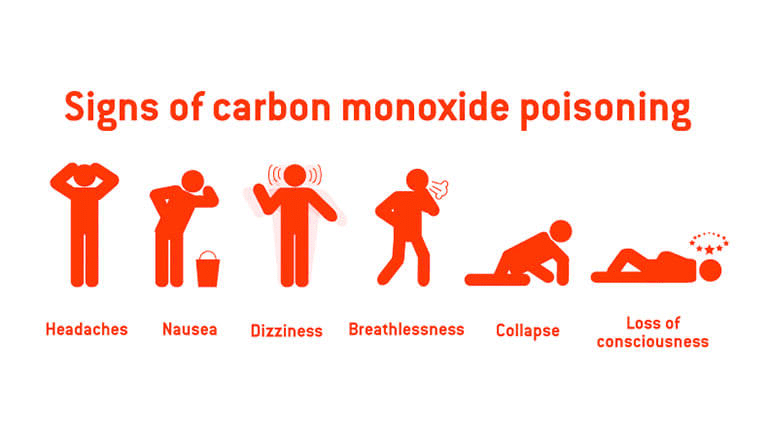
Carbon Monoxide Poisoning
By C.L. Hisey
As cold weather approaches and hunting season is near, we begin to prepare for hunting camps. A warm tent or cabin is a great feeling after spending a lot of time in a cold deer stand or stalking animals in frigid temps. But, it doesn’t come without its dangers.
Carbon monoxide (CO) is a dangerous threat when using any system that burns natural gas or carbon-containing products such as wood, oil, coal, and propane. Looking at the main problem of being cold, taking the proper clothing and sleeping gear can reduce the dependence on a heating system. Camping on the ground can lower your body temp. Using a barrier such as a foam pad under your sleeping bag can prevent radiational cooling. Wearing socks and a stocking cap while sleeping can also keep you warm through the night. Insulated boots and gloves, as well as appropriate clothing can help to keep you warm when hunting. All that aside, at some point, you’ll need some type of heat.
Many heating systems exist, ranging from campfires to central air and heat in a manufactured trailer. This includes electric heaters when electricity is available and catalytic or space heaters that use gas when there’s no power source. Prior to taking the trailer to the campsite, have your furnace examined and make sure it’s operating correctly. If you’re in a more rustic setting and no electricity or powered camp is an option, then prepare for the type of heat you can take and use. Any gas heat or fire carries the risk of carbon monoxide poisoning. Proper ventilation is a must. You cannot seal up your tent or cabin and keep a gas heater running without succumbing to the dangers of poisoning. There are some great catalytic heaters that decrease the risk, as they do not use an open flame. They’re lightweight and easy to transport. As with other heaters, they require proper ventilation.
The issue at hand is protection from carbon monoxide. This is an odorless and tasteless gas that comes from incompletely burned carbon sources. Its danger lies in how much more it likes to stick to your red blood cells than oxygen and carbon dioxide. It has a much higher affinity for the hemoglobin on your red blood cells and displaces the oxygen. It, therefore, prevents those cells from delivering the oxygen your body needs and carrying away the carbon dioxide it doesn’t. Common exposures include vehicle fumes, gas stoves, and cigarettes. Those most at risk are the young and the elderly. However, anyone with heart or lung disease who needs all the oxygen they can breathe in can succumb to CO poisoning much faster. They do not have the reserve to tolerate any loss of oxygen. Cigarette smokers already carry a small load of CO. This puts them at higher risk when exposed to other sources.
Symptoms of poisoning include a headache, chest tightness, fatigue, drowsiness, and angina. Severe exposure may cause nausea and vomiting, loss of consciousness, and even death. Preventing poisoning comes from simple precautions. Do not run gas heaters through the night. Preheat the tent or cabin at night before going to sleep and then restart the heater after getting up in the morning. Make sure you keep your camping space ventilated. If someone is showing symptoms of poisoning, get him or her to fresh air immediately. Oxygen at 100 percent can also help when available. If symptoms do not resolve, get the person to an emergency center quickly.
As always, prevention of any problem is better than worrying about the treatment.
Fuels Learning Centre graphic.



